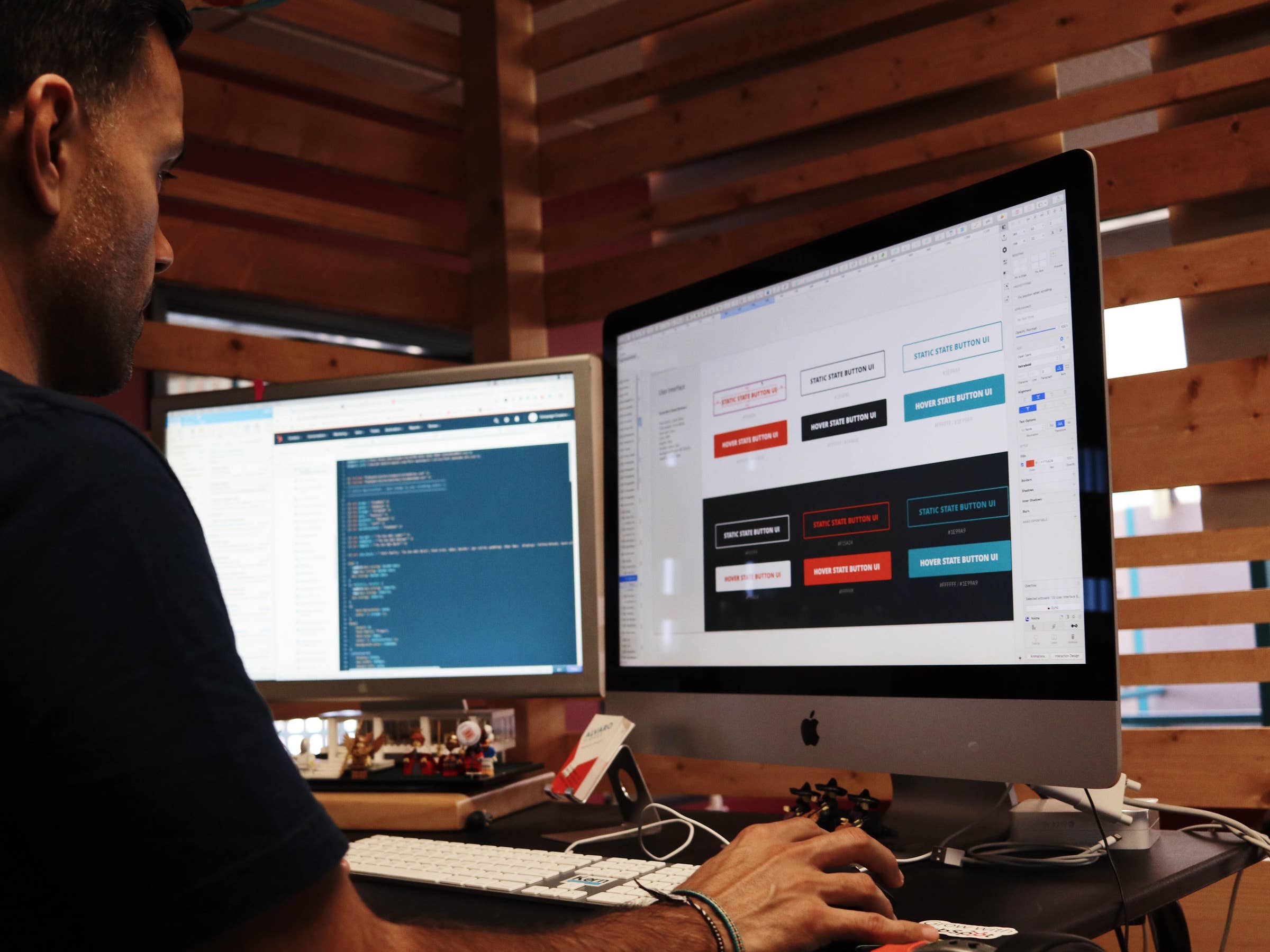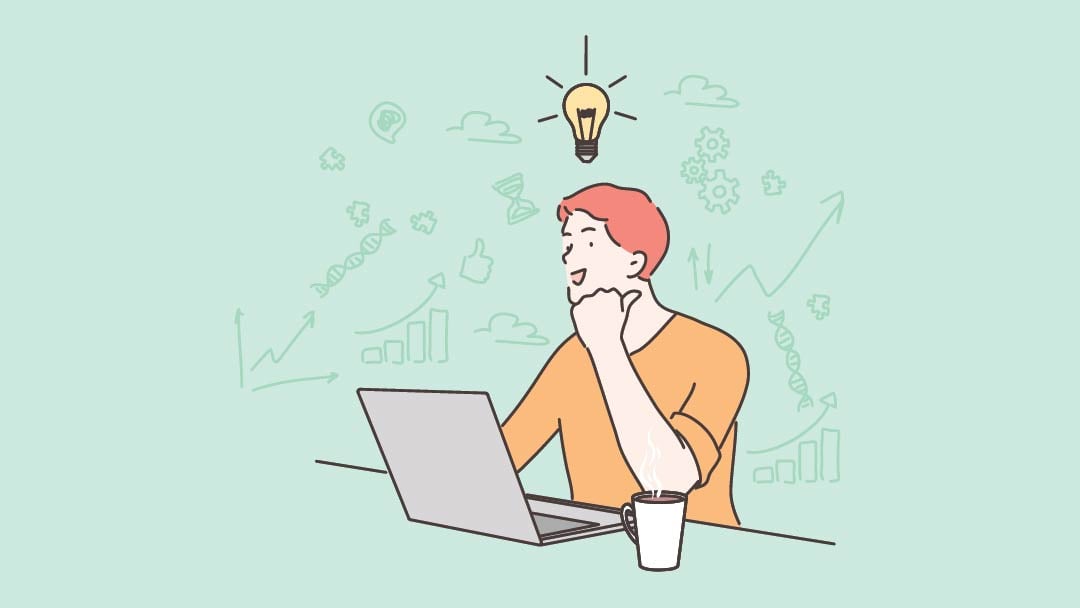All Categories
Featured
Table of Contents
- – Design Principles - U.s. Web Design System (Us...
- – Web Design - Wikipedia Tips and Tricks:
- – Web Design Scholarship - Nyc Digital Marketin...
- – What Is Web Design? - Interaction Design Foun...
- – Web Design Services + Website Development Age...
- – What Is Web Design? - Interaction Design Foun...
- – Lifted Logic: Web Design In Kansas City - Se...
- – Awwwards - Website Awards - Best Web Design ...
- – What Is Web Design? A Comprehensive Guide - ...
- – Lifted Logic: Web Design In Kansas City - Se...
- – What Can I Do With A Web Design And Developm...
Design Principles - U.s. Web Design System (Uswds) Tips and Tricks:
Quick summary Use and the energy, not the visual design, determine the success or failure of a site. Given that the visitor of the page is the only person who clicks the mouse and therefore decides whatever, user-centric design has actually developed as a standard approach for successful and profit-oriented website design - web design frederick md.
and the utility, not the visual style, identify the success or failure of a website. Considering that the visitor of the page is the only individual who clicks the mouse and therefore decides everything, user-centric design has actually become a standard approach for successful and profit-oriented web design. After all, if users can't use a feature, it may also not exist.
g. where the search box must be placed) as it has already been carried out in a number of posts; instead we concentrate on the approaches which, utilized effectively, can lead to more sophisticated design decisions and simplify the process of perceiving presented details. Please notice that you might be thinking about the usability-related short articles we've published before: Concepts Of Good Website Style And Reliable Web Design Guidelines, In order to utilize the concepts properly we initially require to comprehend how users connect with websites, how they think and what are the basic patterns of users' habits.
Web Design - Wikipedia Tips and Tricks:
Visitors glimpse at each brand-new page, scan some of the text, and click the very first link that captures their interest or vaguely resembles the thing they're looking for. There are big parts of the page they do not even look at. A lot of users look for something fascinating (or useful) and clickable; as soon as some appealing prospects are found, users click.
If a page provides users with top quality material, they are prepared to jeopardize the material with advertisements and the style of the website. This is the reason not-that-well-designed sites with top quality material gain a lot of traffic over years. Content is more important than the design which supports it.

Users do not read, they scan. Notice how "hot" areas abrupt in the middle of sentences. This is common for the scanning procedure. Extremely easy principle: If a website isn't able to satisfy users' expectations, then designer stopped working to get his task done appropriately and the company loses cash. The greater is the cognitive load and the less intuitive is the navigation, the more prepared are users to leave the site and search for alternatives.
Web Design Scholarship - Nyc Digital Marketing Agency Tips and Tricks:
Neither do they scan web page in a linear style, going sequentially from one website area to another one. Instead users satisfice; they pick the first sensible choice. As quickly as they find a link that appears like it might lead to the objective, there is a great chance that it will be immediately clicked.
It doesn't matter to us if we comprehend how things work, as long as we can utilize them. If your audience is going to imitate you're creating signboard, then style fantastic signboards." Users want to have the ability to control their web browser and rely on the constant information presentation throughout the site.
If the navigation and site architecture aren't intuitive, the variety of question marks grows and makes it harder for users to understand how the system works and how to obtain from point A to point B. A clear structure, moderate visual ideas and easily recognizable links can help users to find their course to their objective.
What Is Web Design? - Interaction Design Foundation (Ixdf) Tips and Tricks:

Since users tend to check out websites according to the "F"-pattern, these three statements would be the first aspects users will see on the page once it is loaded. The design itself is basic and instinctive, to comprehend what the page is about the user needs to search for the answer.
When you've attained this, you can communicate why the system works and how users can benefit from it. People will not utilize your website if they can't find their way around it. 2. Don't Squander Users' Persistence, In every task when you are going to use your visitors some service or tool, attempt to keep your user requirements minimal.
Newbie visitors want to, not filling long web types for an account they may never utilize in the future. Let users check out the website and discover your services without forcing them into sharing private data. It's not reasonable to force users to go into an email address to test the feature.
Web Design Services + Website Development Agency Tips and Tricks:
And that's what you want your users to feel on your web website. The registration can be done in less than 30 seconds as the kind has horizontal orientation, the user does not even require to scroll the page.
A user registration alone is enough of an obstacle to user navigation to cut down on incoming traffic. Manage To Focus Users' Attention, As websites provide both fixed and vibrant material, some elements of the user interface draw in attention more than others do.
Focusing users' attention to particular locations of the site with a moderate use of visual elements can assist your visitors to obtain from point A to point B without thinking about how it in fact is expected to be done. The less enigma visitors have, the they have and the more trust they can develop towards the company the website represents.
What Is Web Design? - Interaction Design Foundation (Ixdf) Tips and Tricks:
Make Every Effort For Function Exposure, Modern web styles are typically criticized due to their approach of directing users with visually appealing 1-2-3-done-steps, big buttons with visual effects etc. From the design perspective these components really aren't a bad thing.
The website has 9 primary navigation choices which are noticeable at the first glance. The option of colors might be too light, though. is a basic principle of successful interface style. It doesn't truly matter how this is achieved. What matters is that the material is well-understood and visitors feel comfortable with the way they communicate with the system.
Rather a price: just what visitors are looking for. An ideal option for reliable writing is touse short and succinct phrases (come to the point as rapidly as possible), usage scannable design (classify the content, utilize multiple heading levels, utilize visual aspects and bulleted lists which break the flow of uniform text blocks), use plain and unbiased language (a promotion doesn't require to sound like ad; provide your users some reasonable and objective factor why they should utilize your service or remain on your website)6.
Lifted Logic: Web Design In Kansas City - Seo - Website ... Tips and Tricks:
Users are hardly ever on a website to enjoy the style; additionally, for the most part they are searching for the information in spite of the style - web design frederick md. Strive for simplicity instead of intricacy. From the visitors' perspective, the finest website style is a pure text, without any advertisements or further content blocks matching exactly the query visitors used or the content they have actually been searching for.
Finch plainly presents the information about the site and offers visitors an option of alternatives without overcrowding them with unneeded material. 7. Don't Hesitate Of The White Area, Actually it's truly difficult to overstate the value of white space. Not only does it help to for the visitors, however it makes it possible to perceive the info provided on the screen.
Complex structures are more difficult to read, scan, examine and deal with. If you have the option between separating 2 style sectors by a visible line or by some whitespace, it's usually much better to utilize the whitespace option. (Simon's Law): the much better you manage to provide users with a sense of visual hierarchy, the simpler your content will be to view.
Awwwards - Website Awards - Best Web Design Trends Tips and Tricks:
The exact same conventions and rules should be used to all elements.: do the most with the least quantity of cues and visual aspects. Four significant indicate be considered: simplicity, clarity, diversity, and focus. Simplicity includes just the elements that are essential for communication. Clarity: all components ought to be created so their meaning is not ambiguous.
Conventions Are Our Pals, Conventional design of site elements does not result in an uninteresting web site. It would be an use problem if all websites had various visual presentation of RSS-feeds.
understand what they're expecting from a website navigation, text structure, search positioning etc. A typical example from functionality sessions is to translate the page in Japanese (assuming your web users don't know Japanese, e. g. with Babelfish) and offer your usability testers with a job to find something in the page of various language.
What Is Web Design? A Comprehensive Guide - Wix.com Tips and Tricks:
Steve Krug recommends that it's much better to, however make the most of conventions when you do not. 10. Test Early, Test Often, This so-called TETO-principle ought to be used to every web style task as use tests typically offer into substantial problems and problems related to a provided design. Test not too late, not too little and not for the wrong factors.
Some essential indicate bear in mind: according to Steve Krug, and testing one user early in the job is better than testing 50 near completion. Accoring to Boehm's first law, errors are most regular during requirements and style activities and are the more costly the later on they are eliminated.
That indicates that you design something, test it, repair it and after that check it once again. There might be issues which haven't been found during the very first round as users were practically obstructed by other problems. functionality tests. Either you'll be pointed to the problems you have or you'll be indicated the absence of major style flaws which is in both cases a beneficial insight for your job.
Lifted Logic: Web Design In Kansas City - Seo - Website ... Tips and Tricks:

This holds for designers. After you have actually dealt with a website for couple of weeks, you can't observe it from a fresh point of view anymore. You know how it is built and therefore you understand exactly how it works you have the knowledge independent testers and visitors of your site would not have.
It can be linked to other areas such as graphic style, user experience, and multimedia arts, however is more aptly seen from a technological perspective. It has become a large part of individuals's everyday lives. It is tough to imagine the Internet without animated graphics, various designs of typography, background, videos and music.

Throughout 1991 to 1993 the Web was born. Text-only pages might be viewed using an easy line-mode web browser. In 1993 Marc Andreessen and Eric Bina, developed the Mosaic internet browser. At the time there were multiple web browsers, nevertheless most of them were Unix-based and naturally text heavy. There had been no integrated approach to graphic style aspects such as images or sounds.
What Can I Do With A Web Design And Development Degree? Tips and Tricks:
The W3C was created in October 1994 to "lead the Internet to its complete potential by developing common protocols that promote its development and guarantee its interoperability." This discouraged any one company from monopolizing a propriety web browser and shows language, which could have changed the impact of the Internet as a whole.
As this has happened the innovation of the web has likewise proceeded. There have also been considerable changes in the way individuals utilize and access the web, and this has actually altered how sites are created. Because the end of the web browsers wars [] new internet browsers have been released. A number of these are open source indicating that they tend to have quicker development and are more supportive of new requirements.
Learn more about Lovell Media Group LLC or TrainACETable of Contents
- – Design Principles - U.s. Web Design System (Us...
- – Web Design - Wikipedia Tips and Tricks:
- – Web Design Scholarship - Nyc Digital Marketin...
- – What Is Web Design? - Interaction Design Foun...
- – Web Design Services + Website Development Age...
- – What Is Web Design? - Interaction Design Foun...
- – Lifted Logic: Web Design In Kansas City - Se...
- – Awwwards - Website Awards - Best Web Design ...
- – What Is Web Design? A Comprehensive Guide - ...
- – Lifted Logic: Web Design In Kansas City - Se...
- – What Can I Do With A Web Design And Developm...
Latest Posts
Siteinspire - Web Design Inspiration Tips and Tricks:
Web Developers And Digital Designers - Bureau Of Labor ... Tips and Tricks:
Web Design Service - Professionally Designed Websites Tips and Tricks:
More
Latest Posts
Siteinspire - Web Design Inspiration Tips and Tricks:
Web Developers And Digital Designers - Bureau Of Labor ... Tips and Tricks:
Web Design Service - Professionally Designed Websites Tips and Tricks: